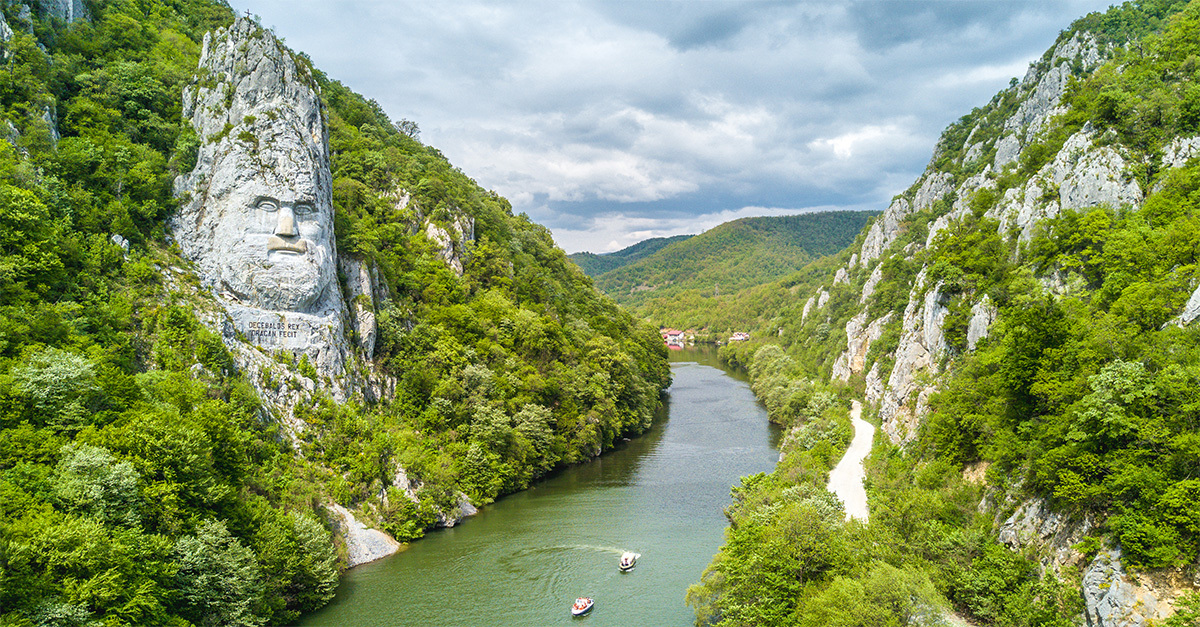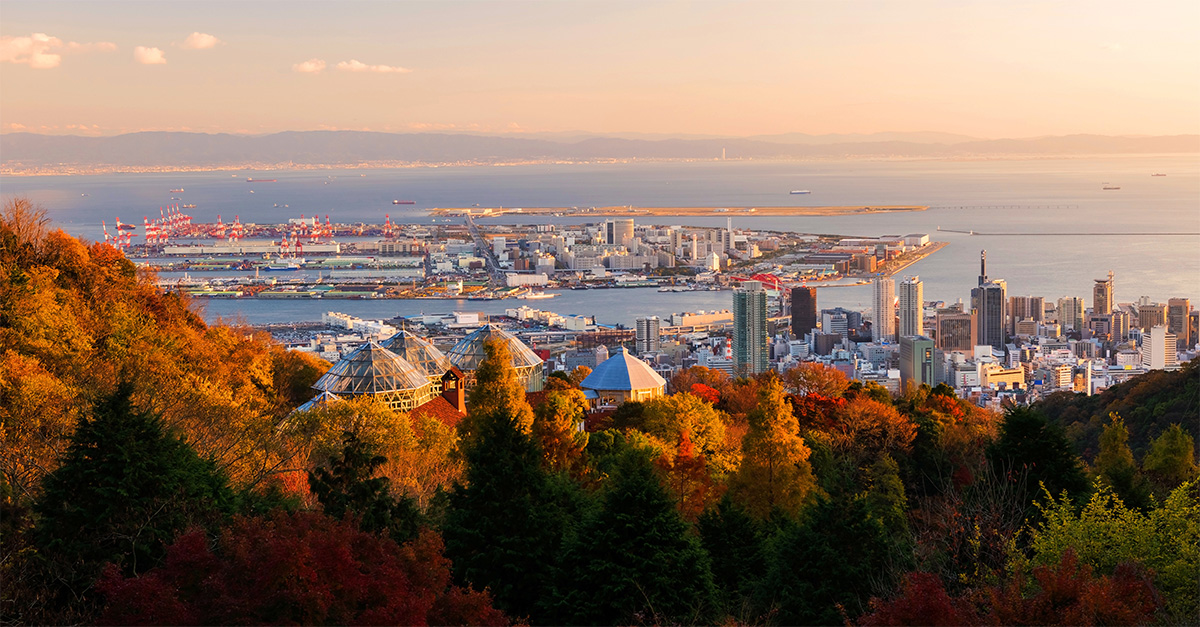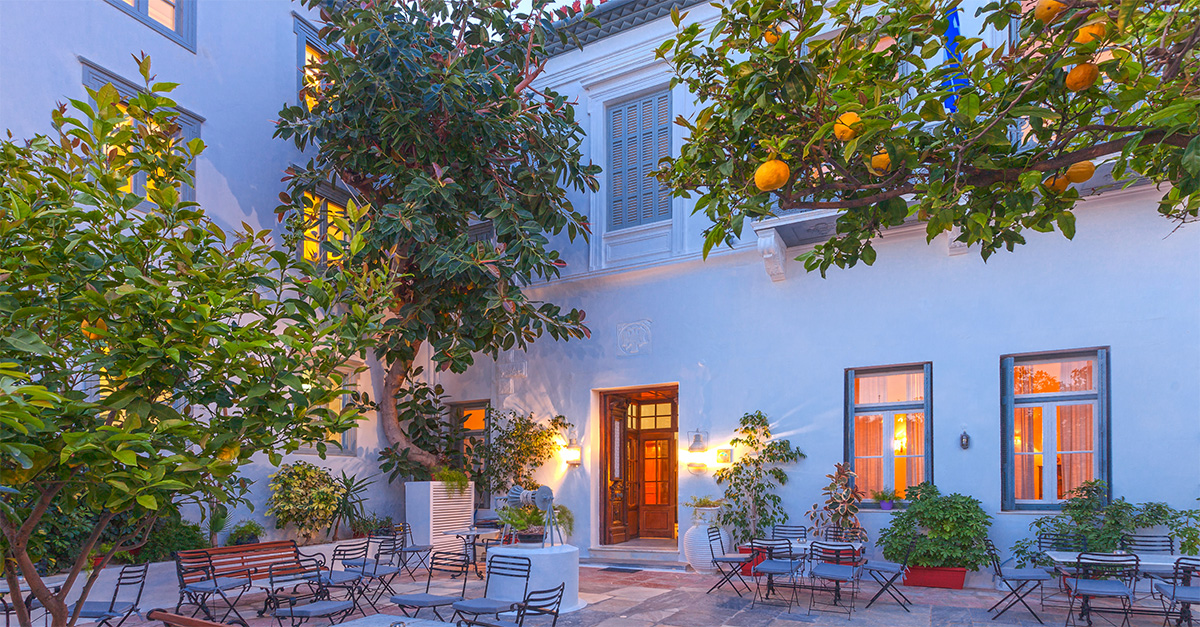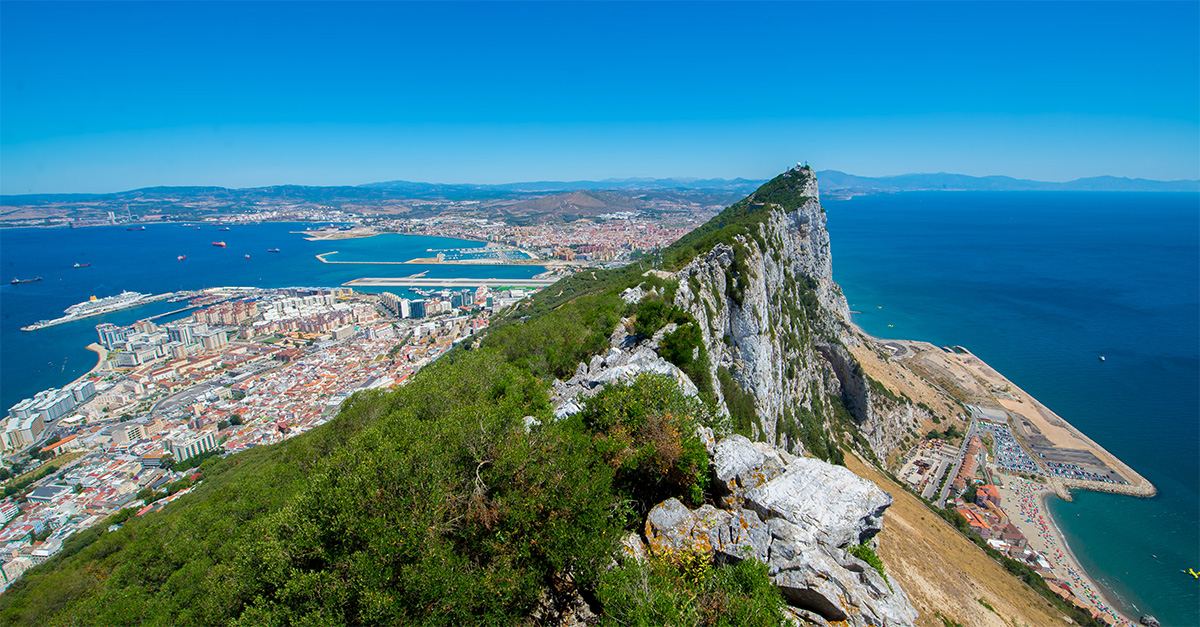You are viewing 1 of your 2 free articles
Interview: Hurtigruten chief scientist on helping guests learn about sustainability
Verena Meraldi tells Adam Shaw that climate change directly impacts all the places the group sails to
Q. What does your role entail?
A. I started off as a lecturer in 2007, where I would give talks as part of our Antarctic itineraries. In 2016 our first science centre was installed on Maud and I became chief scientist in 2018. I develop our science programme by offering our ships as research platforms, working with guest scientists and introducing guests to Citizen Science Projects.
Q. How can guests get involved in the Citizen Science Projects?
A. Examples include the Secchi Disk Study, where a disk is lowered into the water to measure its transparency. This allows us to monitor how much plankton is in the water and how it has been affected by climate change. The Happywhale project allows you to identify humpback whales through their unique flukes (tails) and you can then follow their journey on a world map, supporting marine biologists.
With eBird, guests can log details of bird sightings in Antarctica, while Penguin Watch helps researchers identify adults, chicks and eggs as guests count penguins during their trips. We also support Nasa’s global server programme by monitoring cloud observations, and the Fjord Phyto project allows guests to go out on Zodiacs and collect samples – these are then sent to California and Argentina to measure the impact of climate change on phytoplankton.
Q. What would you like guests to learn?
A. The goal is to increase awareness of climate change, as this is something that directly impacts all the places we sail to. Our work will expose guests to how important it is to protect these areas. They will see how we are researching this and hopefully it will inspire them to go back and tell others about what they find.
Q. What are your overall objectives and how are you helping to achieve Hurtigruten’s sustainability goals?
A. We want to leave a footprint we can be proud of and have invested a lot in technology that allows us to be more sustainable. For example, through our hybrid ships, we’ve been able to reduce CO2 emissions and reduce heat loss.
We’ve gone local with our food supply this Antarctic season, which means we’re supporting businesses in Argentina and Chile rather than sending containers over to South America. We continue to open up our vessels for research, have offered 1,000 cruise nights in kind to guest scientists and are now looking to develop opportunities around Iceland.





